Kelo-Cote Scar Gel: Review of Silicone For Scars
There are many products on the market claiming to help make your scars less noticeable; some contain an ingredient called silicone. Kelo-cote scar gel is one product containing a self-drying silicone gel aiming to minimize the appearance of keloid and hypertrophic scars. Our bodies are pretty awesome at healing themselves, and a scar is part of the natural repair process when your skin is burned, cut open or injured[1]. As awesome as some scars can be, often enough, scars can also have negative affects psychologically, emotionally and physically. If you’re looking to reduce the appearance of your scars, read on:
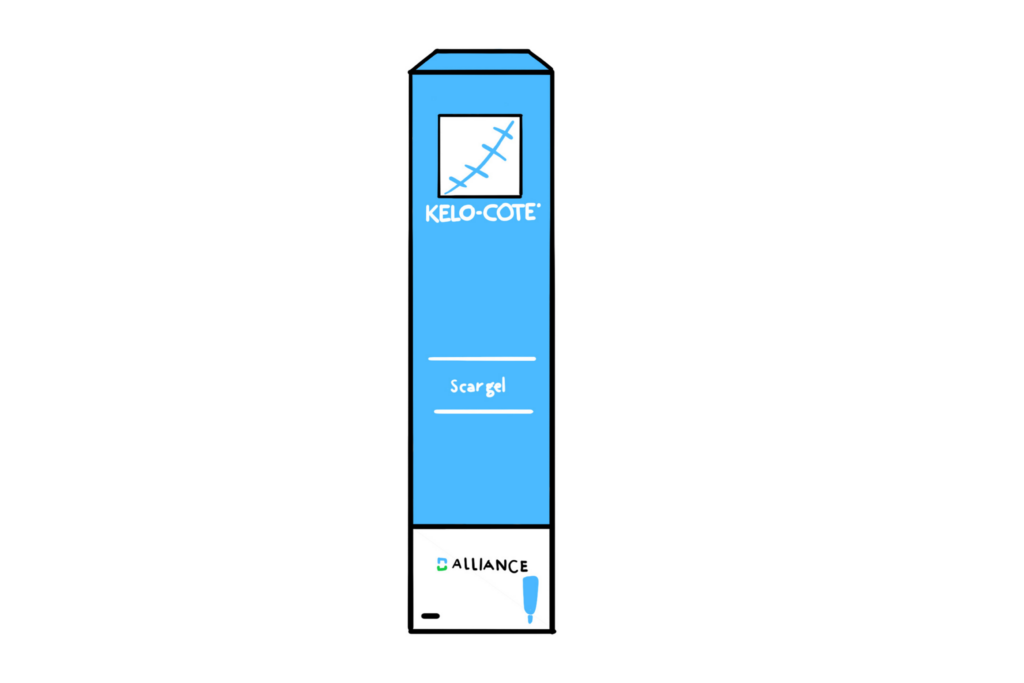
What is the Difference Between a Keloid and Hypertorphic Scar?
Wound healing is a complicated process, and at the end of it, you might end up with scar tissue made up of a protein called collagen. If there is excess collagen, you might get a raised scar. Raised scars can be described as hypertrophic or keloid scars:
Keloid Scars: raised scars that spreads beyond the original wound (ie. the scar you end up with takes up more space on your skin than the original wound did)[2].
Hypertrophic Scars: raised scars that stay within the boundary of the original wound (might even recede a bit after healing has taken place). They can sometimes be red, inflamed, itchy and even painful[3].
What is Kelo-Cote Scar Gel?
Kelo-cote is topical fast drying silicone gel that is made to treat or prevent hypertorphic or keloid scars. It comes in the form of a gel, or aerosol that you apply directly on your skin in a thin layer and dries within a few minutes. Kelo-cote claims to flatten and soften scars and reduce discolouration if used for 2-3 months twice a day (this article takes a deep dive into the Kelo-Cote scar gel).
The exact mechanism of silicon gel in scar treatment is still unknown; however, the product is said to protect the skin, while providing a good environment for the skin to repair[1]. It acts like the top layer of normal, healthy skin (called the stratum corneum), by keeping the skin hydrated. Locking in water (and keeping the skin moisturized) helps the skin’s healing process and reduces the production of excess collagen in the scar tissue[4].
What Are the Ingredients in Kelo-Cote Scar Gel?
Medicinal Ingredients[5]:
- Polysiloxanes
- Silicon Dioxide
Does Kelo-Cote Really Work? What Does the Evidence Say?
Silicone gel sheets have been used since the 1980’s to help with scarring. Self-drying silicone gel is relatively new on the market but is more convenient than the sheets (sheets are often difficult to use on certain areas like joints and required more maintenance)[1]. Silicone is considered one of the the first-line prophylactic and treatment option for hypertrophic scars and keloids[6]. There aren’t any large enough high quality studies done, but there is enough evidence for a lot of health care professionals to make recommendation to use silicone. Here are a few studies (if you’re interested!):
A small study of 36 patients with scarring post-surgery were enrolled in a trial between 10 days to 3 weeks after their surgery was completed. They were asked to apply Kelo-Cote gel twice daily for three months. There was improvement in hyperpigmentation (skin darkening), vascularity (vein activity) and pliability (movement where scar is located)[1].
A larger study of 153 children (aged 0 – 18 years) found that silicon gel was equally effective reducing thickness and itch of scars post-burn surgery compared to pressure garments[7]. It appeared that it was easier to comply with the gel (compared to the garments) and had less side effects.
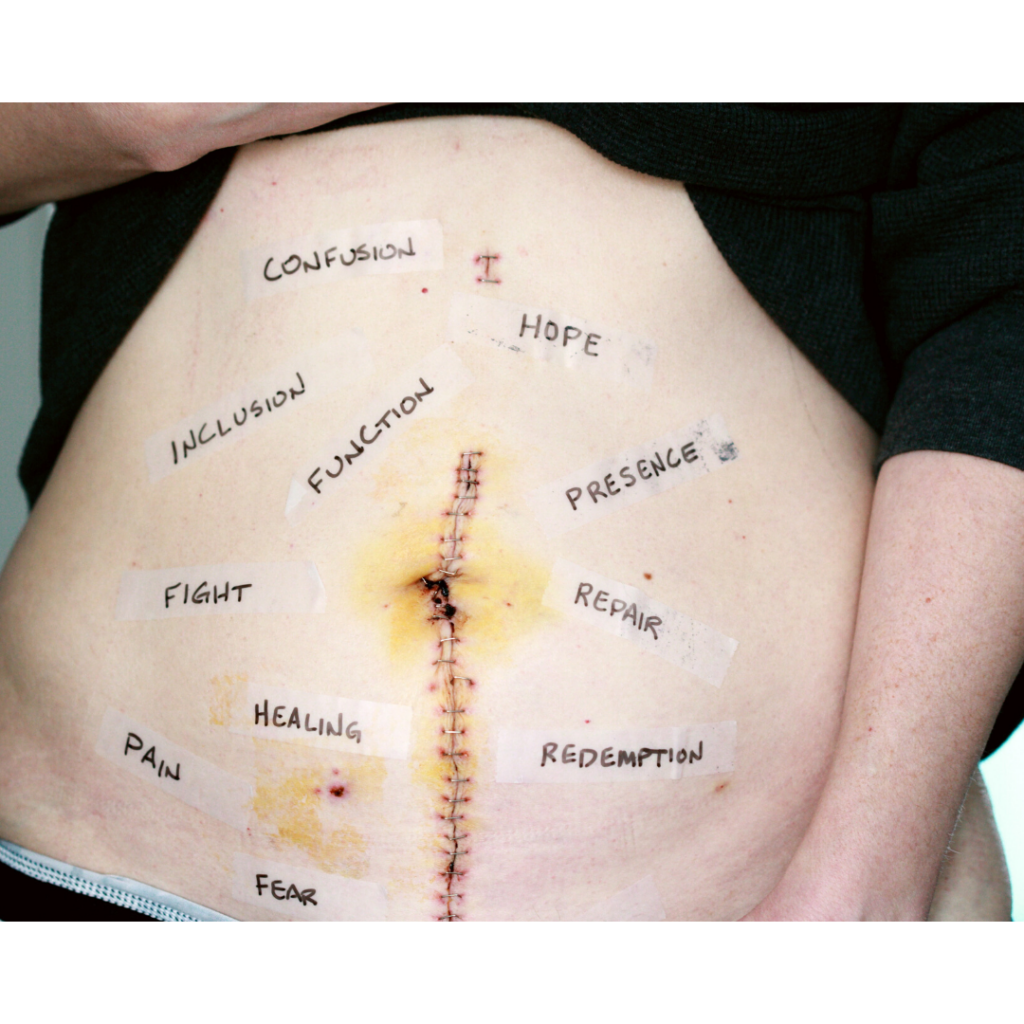
When Should You Start Using Kelo-Cote?
It is recommended to be used[5]:
- Right after a wound has healed and there are no scabs left
- After your sutures are removed
- After skin as healed over from burns
Kelo-Cote is most effective on new or immature scars up to 2 years old. Right now there is no evidence on using Kelo-cote for older scars (over 2 years old).
Is Silicone Gel Safe?
Silicone gels are generally well tolerated. Reported side effects include[8]:
- itching
- skin rash
- burning sensation
- dryness
Silicone gel is easy to apply and is less intensive than other therapies such as pressure dressings, surgery, injections, and laser treatment[8].
How Do You Use Kelo-Cote Scar Gel?
Once you are ready to apply the Kelo-Cote (wound is closed and stitches removed), apply a thin layer on the scar twice daily. It self-dries within 5 minutes so you don’t have to rub it into your skin. The recommended treatment duration is 60-90 days.
Bottom Line
Kelo-cote appears to be effective in reducing the appearance of new scars as long as you are willing to use it twice a day for 2-3 months (it won’t fully make them disappear!) . It is considered a pretty safe treatment, the main side effects being burning sensations, itch and skin rash. So if your scar makes you cry, you can give Kelo-cote a try.
Where Do I Buy Kelo-Cote in Canada?
In Canada, this product can be bought in-person from any pharmacy or drug store or online from:

Authors: Sean Starman, Brittani von Schilling, Vanessa Ivec, BSc. Pharm Candidates
Faculty of Pharmacy and Pharmaceutical Sciences
University of Alberta
Edited and Reviewed by the Health Aisle Team
References:
1. Medhi, B. et al. (2013). Efficacy and safety of an advanced formula silicone gel for prevention of post-operative scars. Dermatol Ther, 3(2): 157-167.
2. Johnstone, C.C., Farley, A., Hendry, C. (2005). The physiological basics of wound healing. Nursing Standard, 19(43): 59-65.
3. Bayat, A., McGrouther, D. A., & Ferguson, M. W. (2003). Skin scarring. BMJ (Clinical research ed.), 326(7380), 88–92. doi:10.1136/bmj.326.7380.88
4. Mustoe, T.A. (2008). Evolution of silicone therapy and mechanism of action in scar management. Aesthetic Plastic Surgery, 32(1), 82-92.
5. Kelo-cote. https://kelo-cote.co.uk/products/kelo-cote-scar-gel/
6. Monstrey S et al. Updated scar management practical guidelines: non-invasive and invasive measures. J Plast Reconstr Aesth Surg. 2014;67:1017-1025.
7. Wiseman, J., Ware, R. S., Simons, M., McPhail, S., Kimble, R., Dotta, A., & Tyack, Z. (2019). Effectiveness of topical silicone gel and pressure garment therapy for burn scar prevention and management in children: a randomized controlled trial. Clinical Rehabilitation. https://doi.org/10.1177/0269215519877516
8. Rabello, F.B., Souza, C.D., & Farina Junior, J.A. (2014). Update on hypertrophic scar treatment. Clinics (Sao Paulo), 69(8), 565-573.

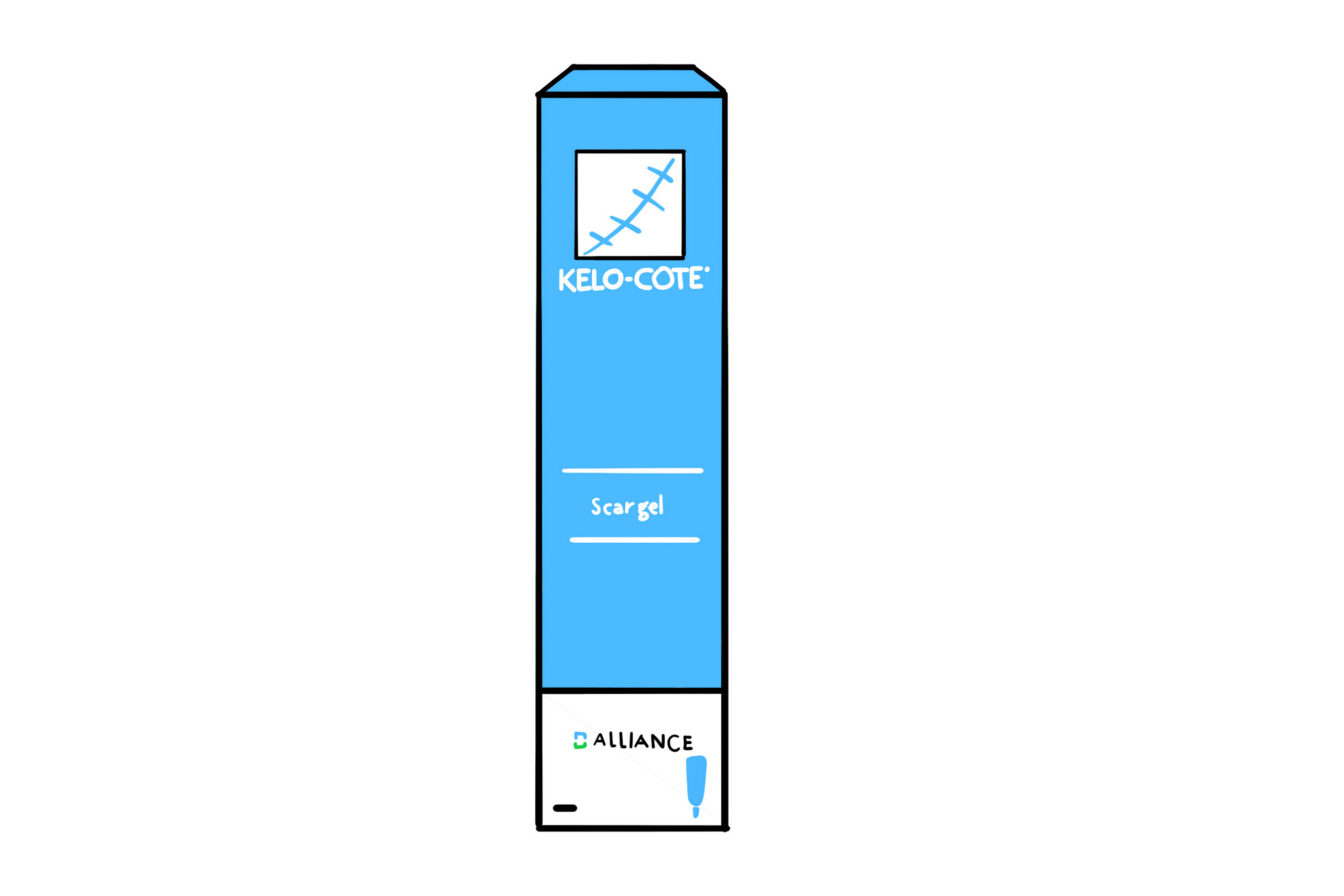
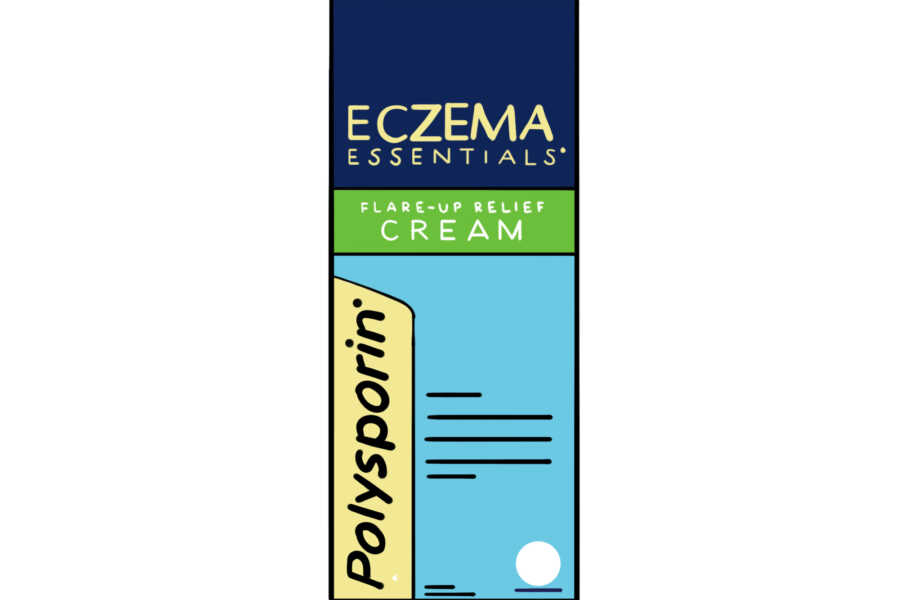
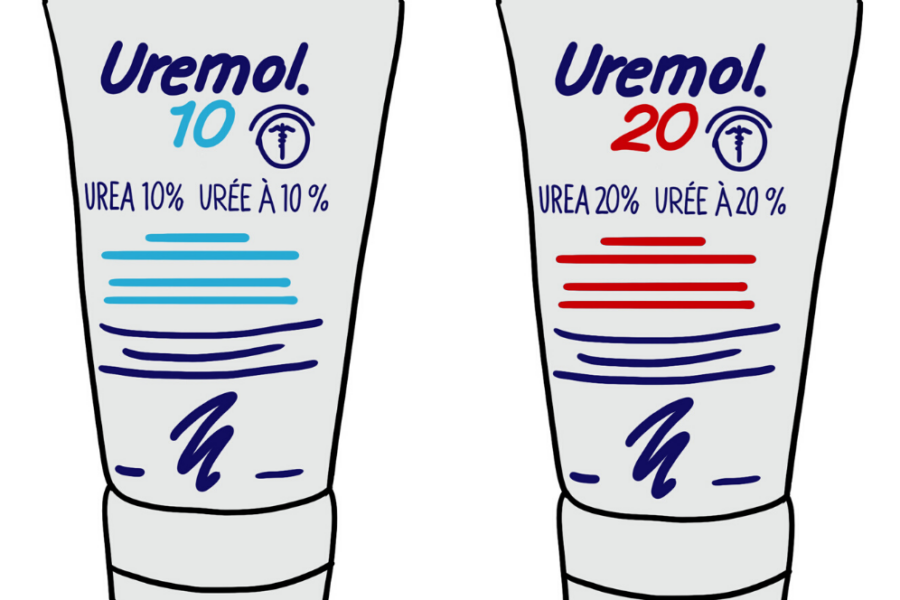
Leave a Comment